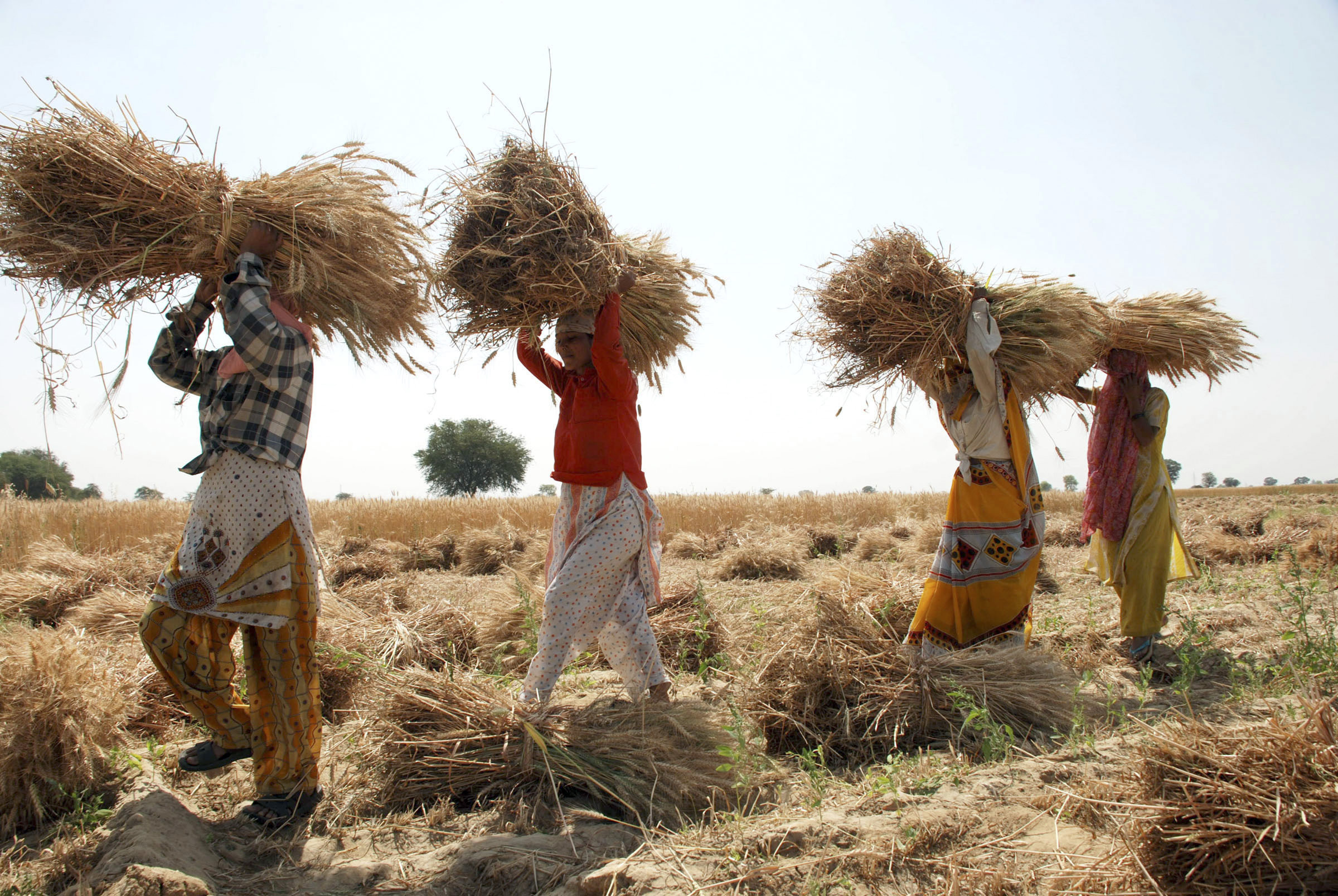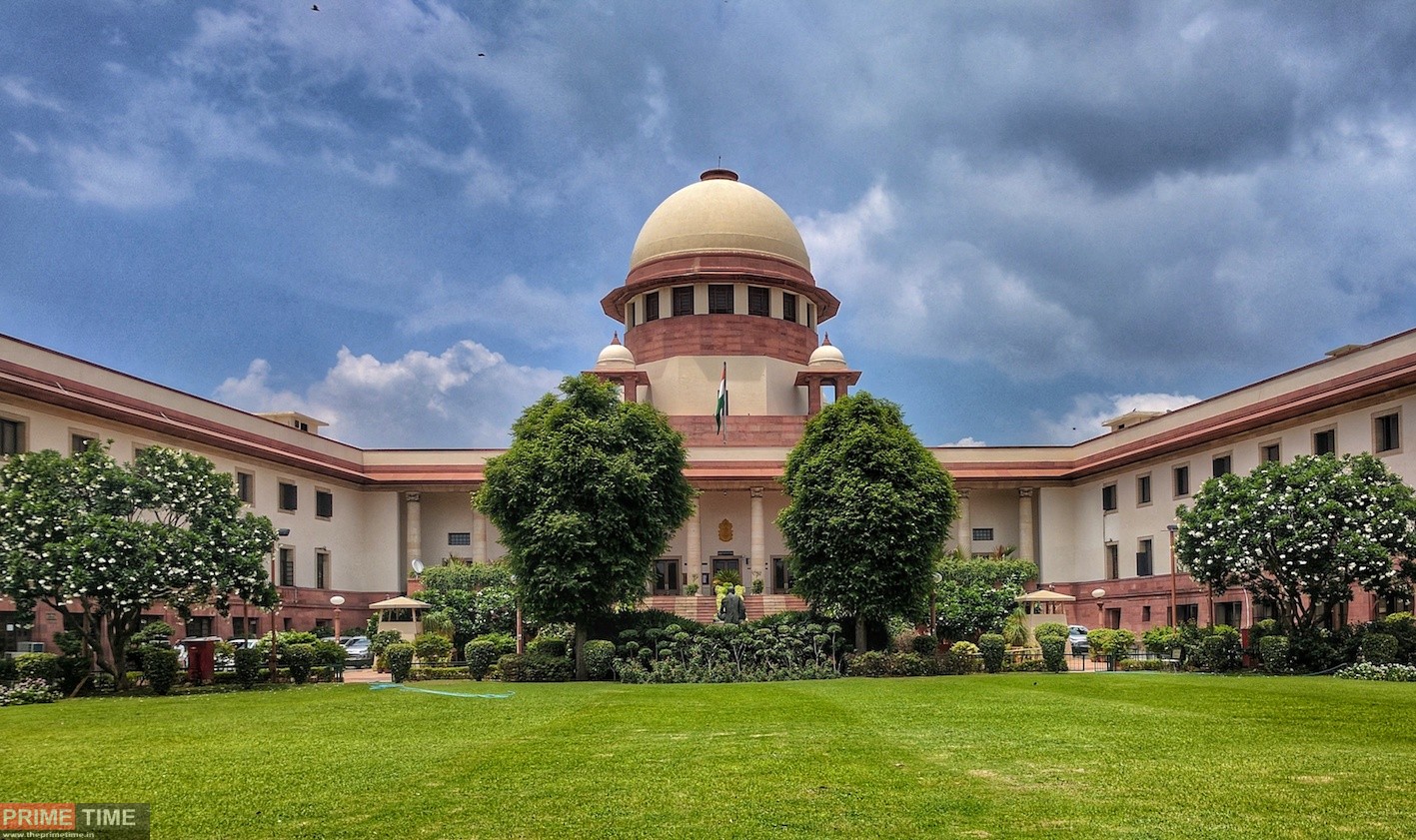In India, the practise of burning crop leftovers that are left behind after harvesting has emerged as a serious environmental concern. This practise presents a serious risk to air quality, public health, and the environment as a whole. It is largely practised in states like Punjab, Haryana, and portions of Uttar Pradesh. It is critical to address the negative effects of stubble burning and investigate workable options for a healthier and more environmentally friendly future as India struggles with the difficulties of contemporary agriculture and sustainable land management.
Burning stubble has long been a common practise for rapidly clearing fields and getting them ready for the following crop. However, the quantity of agricultural leftovers left behind has substantially increased with the introduction of mechanised agriculture and contemporary gear. To reduce the time and labour expenses involved in their disposal, these leftovers, which mostly consist of rice and wheat straw, are frequently burned.
Although burning stubble provides a quick fix, it has a number of negative effects. Burning leaves behind a significant amount of particulate matter, volatile organic compounds (VOCs), carbon dioxide (CO2), carbon monoxide (CO), and other pollutants in the air. This concoction of pollutants impairs air quality and causes serious health issues like heart disease, respiratory disorders, and worsened asthma.
Impact on Climate Change: Burning crop leftovers contributes to the global climate catastrophe by releasing greenhouse gases into the atmosphere. The burning of carbon-rich wastes produces CO2, which contributes to the buildup of heat-trapping gases and raises temperatures.
Burning stubble damages the soil’s organic matter content, which has an adverse effect on the soil’s fertility, structure, and capacity to retain water. As a result, there is an increased reliance on chemical fertilisers, which feeds a vicious cycle of soil erosion and chemical runoff.
This year, India and its states will need to move quickly to prevent stubble burning over the winter. Early in July, an unusual amount of rain fell in northern India, damaging recently seeded paddy and delaying planting in regions like Punjab and Haryana. As of the first week of July 2023, there was almost 16% less paddy-covered land nationwide than there was at the same time last year. In already time-constrained states like Punjab, where farmers produce wheat right after rice harvesting, delayed sowing just means a smaller window to harvest and handle crop waste. Farmers’ intentions to invest in zero-burn crop residue management (CRM) later in the year will likely be impacted by their perception of crop loss at the beginning of the Kharif season. In order to allow prompt residue management, India has changed its CRM requirements. Can it, however, put out agricultural fires in Kharif 2023?
Since 2018, India’s CRM programme has mostly focused on funding in-field paddy stubble-removal equipment like the Super Seeder. Although a few national policies have promoted the use of crop biomass as a fuel for industrial boilers, the production of bio-CNG, and co-firing in coal-fired power plants, little progress has been made in these areas over the past five years because of the underdeveloped ecosystems of the supply chain and the high costs associated with biomass collection.
The CRM scheme’s preference for ex-situ solutions, which include processing farm waste off-site for energy generation, has changed this year for the first time. The major objective is to create biomass supply chain systems in accordance with the bilateral agreement between farmer groups and enterprises that use biomass. Farmer organisations will get financial help from the federal and state governments totaling 65% for machinery and equipment, with the remaining 25% and 10% coming from industry and farmer groups, respectively. The chance for India’s northwest states to cut carbon and air pollution emissions and create fossil fuel alternatives has been made possible by the resurgence of interest in ex-situ technologies.
Northwest states may swiftly connect their action plan with the CRM criteria and achieve zero stubble burning by using the following four tactics:
States should first make available a database listing industrial end users and their yearly agricultural biomass requirements. The CEEW estimates that the cost of transporting one tonne of biomass bale from the farm to an end-user location is between 1,500 and 2,500 and that this cost rises with distance. Decentralised biomass procurement within a 5–10 km radius of the end-user site can significantly cut back on temporary storage and transportation expenses. Having access to a state-wise database that is routinely updated helps improve biomass storage and logistics. Given that it would take close to 3–6 months to operationalize the supply chain, such a data bank can help interested farm organisations find and start relationships with companies. Additionally, this will enable state actors to give in-situ equipment like the Super Seeder priority in regions with a shortage of prospective biomass end-users.
Establish a state-level body to control agricultural residue-based product prices. Depending on the end-user groups, different biomass sources would have different minimum reasonable costs. Industries and bio-CNG plants prefer bales at INR 2,500 or less, even if major companies like power plants can afford costs as high as INR 8,000–10,000 per tonne of biomass pellets (made from 1.3 tonnes of waste by densification). According to the most recent CRM standards, the farmer group or aggregator and the industry will decide on the price of gathered biomass based on the state of the market. To prevent farmers from burning stubble, a price floor for raw biomass and goods derived from biomass will guarantee a minimum feasible price. The Power Ministry announced intentions to benchmark biomass pellet rates, while Haryana is expected to announce a single, decided rate for paddy straw procurement this year. These are examples of similar measures that are currently underway.
Third, establish a pooled fund using the environmental compensation cess revenue for a consistent commitment to the CRM programme. The percentage of funds contributed by the centre has decreased from 100% to 60%, which is one of the significant adjustments made to the standards this year. The recommendations encourage governments to provide the final share. This indicates that the state must invest Rs. 60 lakh for each 4,500 MT biomass collection depot proposed under the project. The state of Punjab has to set aside about 630 crore to accomplish its goal of using ex-situ techniques to use 4.7 million MT of paddy straw in FY23–24. A pooled fund can be designated to provide ongoing funding for the construction of the necessary infrastructure for the processing of agricultural biomass.
Finally, spread the word about the new CRM initiatives. The updated instructions, which were made public on July 1, 2023, set a lofty deadline of July 7, 2023, for starting the bilateral agreement with business and farmer organisations and placing orders for the purchase of machinery. There should be a targeted outreach plan to onboard industrial firms and farmer organisations more swiftly given that Punjab, a state that produces surplus biomass, only has 20 or so significant industry players operating there. This is essential since historically, due to the slim profit margin in the biomass business, these financial support programmes have seen relatively few takers. For instance, since its inception in October 2022, the Central Pollution Control Board’s one-time financing programme for the construction of biomass-based pellet factories had only received a total of eight applications by mid-2023.
Soon, the season for burning sward will arrive, bringing with it a tremendous increase in air pollution. At the beginning of the season this year, the centre and the states both started a cooperative plan of action. Indian states can better manage agricultural fires and maintain the bright skies seen in July all year long through early planning and prompt action.
Indian stubble burning is a complicated problem that needs quick attention and all-encompassing remedies. The detrimental effects on the environment, public health, and air quality highlight how urgent it is to stop using this hazardous practise. India can make tremendous progress in reducing the negative effects of stubble burning and laying the foundation for a more environmentally friendly and healthy future by incorporating technological developments, increasing awareness, and promoting sustainable agricultural practises.








